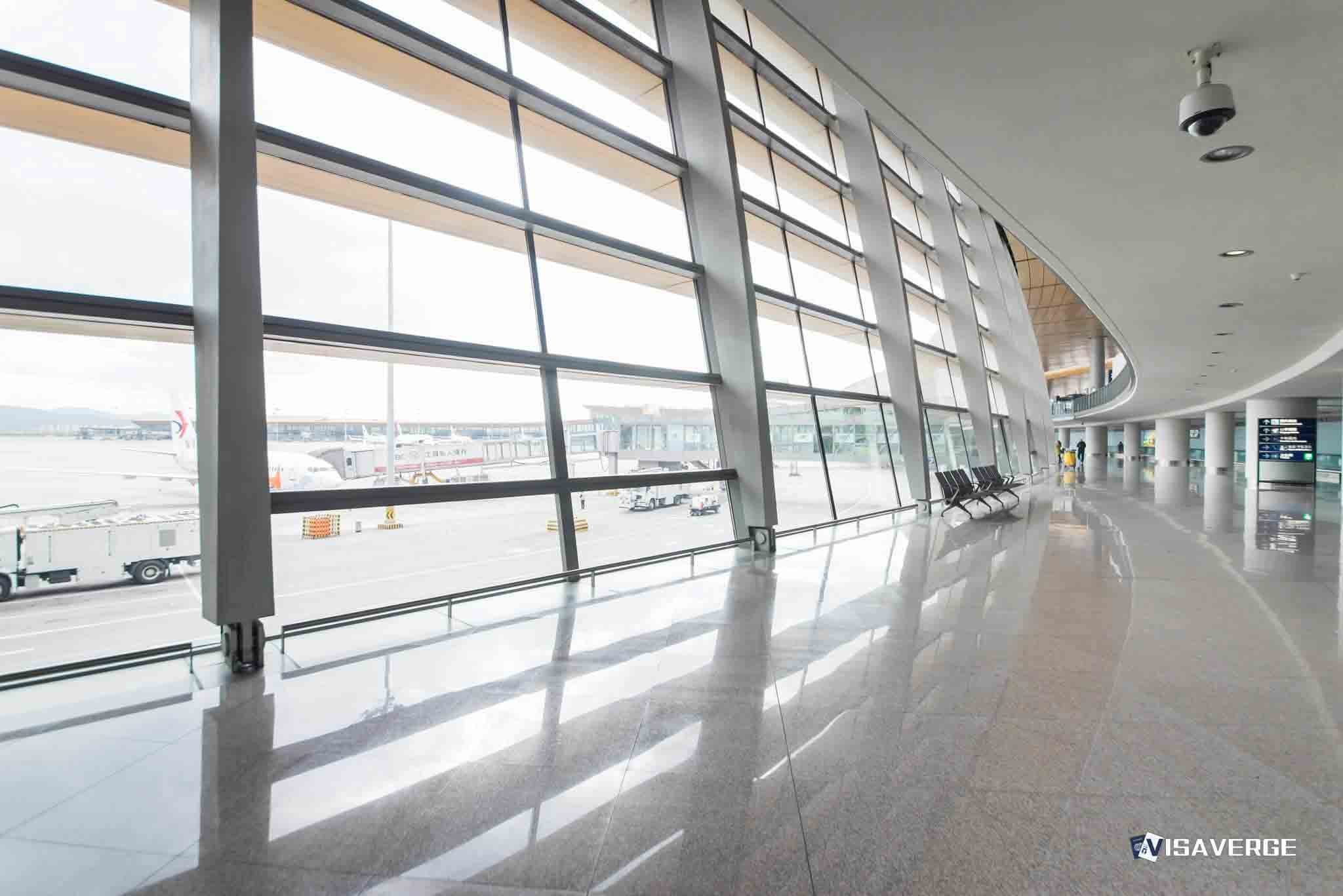(OKLAHOMA CITY) The FAA Academy in Oklahoma City remains open during the government shutdown, continuing to accept and train new air traffic controller students under excepted activities that draw on limited carryover resources from last year’s budget. Yet the entire system is under strain as the United States 🇺🇸 aviation workforce functions without pay, and airlines absorb a 10% reduction in traffic at 40 major markets to keep the network safe.
Why the Academy is still operating

The Department of Transportation’s shutdown contingency plan, dated Sept. 30, 2025, lists “air traffic controller hiring” and “field training of air traffic controllers” as operations that will continue, financed by sources other than the annual appropriations cycle. That listing has allowed the FAA Academy to keep classes moving even as many other federal activities pause.
Officials cite carryover resources and other non-appropriated funds—finite and monitored daily—to explain how classes can run while appropriated accounts remain frozen.
Workforce and staffing pressures
- Roughly 13,294 air traffic controllers are working without pay, according to the plan.
- Many instructors and support staff tied to the training pipeline are also unpaid.
- The National Air Traffic Controllers Association (NATCA) reports members are covering “six days a week, 10 hours a day.”
- Union officials warn that rising fatigue and burnout could push experienced staff to leave, worsening an already short workforce.
“Every day the shutdown continues, the negative consequences to the NAS and its employees are compounding,” NATCA President Nick Daniels said on Oct. 31, 2025.
Daniels added that “shutdowns delay urgent improvements to ATC hiring, training, and modernization programs.”
Safety measures and operational changes
To protect safety margins, FAA leaders have taken steps to match staffing to workload:
- 10% cut in flight volumes at 40 large markets—a deliberate reduction to reduce controller workload while staff remain on duty without pay.
- Agency emphasizes this cut as a temporary safety guardrail, not a new operating norm.
- Both FAA officials and unions agree: safety is non-negotiable.
Airlines have adjusted schedules and crews, leading to fewer peak options in high-frequency cities. Passengers may experience later connections, missed meetings, and reduced cargo margins as a result.
Training pipeline: current state and risks
The Academy’s workload remains heavy. New classes continue to arrive, and each stage builds toward facility-level instruction that can last months. Key points:
- A June 2025 National Academies report traced shortages to “past hiring constraints and a misallocated workforce.”
- Recent hiring increases had begun to improve throughput, but facilities still report thin coverage on peak shifts.
- If carryover funds exhaust before a funding deal, the FAA could be forced to suspend some Academy activities—snapping the training calendar and creating long-term ripple effects.
Consequences of a pause:
- Midstream class suspensions can erode knowledge and lower test pass rates.
- Students who relocated to Oklahoma City face housing costs with no paycheck.
- Facility staffing plans can fall behind for years because on-the-job facility training takes significant time after classroom instruction.
Human impact: trainees, instructors, and communities
Trainees express mixed emotions: pride in continuing their training, but financial anxiety at dorms and rental apartments.
- Students report cost-saving measures like carpooling and shared grocery trips.
- Instructors remind trainees to focus on fundamentals rather than rushing—lowering standards could backfire when graduates enter high-pressure facilities.
- Mentors worry that extended unpaid periods will increase attrition just when more graduates are needed.
Financial outlook and contingency limits
So far, carryover resources are cushioning operations—but they are explicitly short-term.
- DOT’s contingency plan exempts the Academy from closure yet makes clear the exemption relies on non-appropriated reserves.
- Agency leaders have not provided exact timelines for how long these resources will last.
- If reserves run out, agency officials say they would aim for a quick restart, but scheduling slips of months are possible.
Broader system implications
The staffing shortage predates the current shutdown—driven by retirements, training backlogs, and prior budget limits. Analysts and stakeholders warn:
- If the shutdown persists into winter and training slows, next summer’s travel season may face tighter caps at busy hubs, more ground delays, and fewer route options.
- Airlines want predictability heading into the spring scheduling window; unions want pay restoration and budget stability.
- Longer lapses could trigger deeper cuts and even localized airspace constraints.
What trainees and the public should know now
- The FAA Academy is currently operating and continuing evaluations and facility placement preparations.
- Students are being told to keep reporting as assigned.
- For broader agency guidance, inquiries can be directed to the Federal Aviation Administration: https://www.faa.gov.
Key takeaway: The Academy is operating on backup fuel—temporary resources that maintain training and hiring in the short term. If those funds dry up before a funding agreement, training calendars will slip and the long arc from Academy to full certification will feel the effects.
Union leaders, agency officials, airlines, and trainees alike emphasize the same point: resolving funding quickly is essential not only to pay workers but to protect the fragile training pipeline that underpins the National Airspace System.
This Article in a Nutshell
The FAA Academy in Oklahoma City remains open during the government shutdown by drawing on finite carryover resources and non-appropriated funds. Approximately 13,294 air traffic controllers and many instructors are working without pay, prompting concerns about fatigue and attrition. To safeguard operations, the FAA reduced flight volumes by 10% at 40 large markets. If backup funds deplete before a funding agreement, training suspensions could delay certification timelines, increase costs for trainees, and tighten summer travel capacity. Quick funding resolution is critical to protect the training pipeline and system safety.













